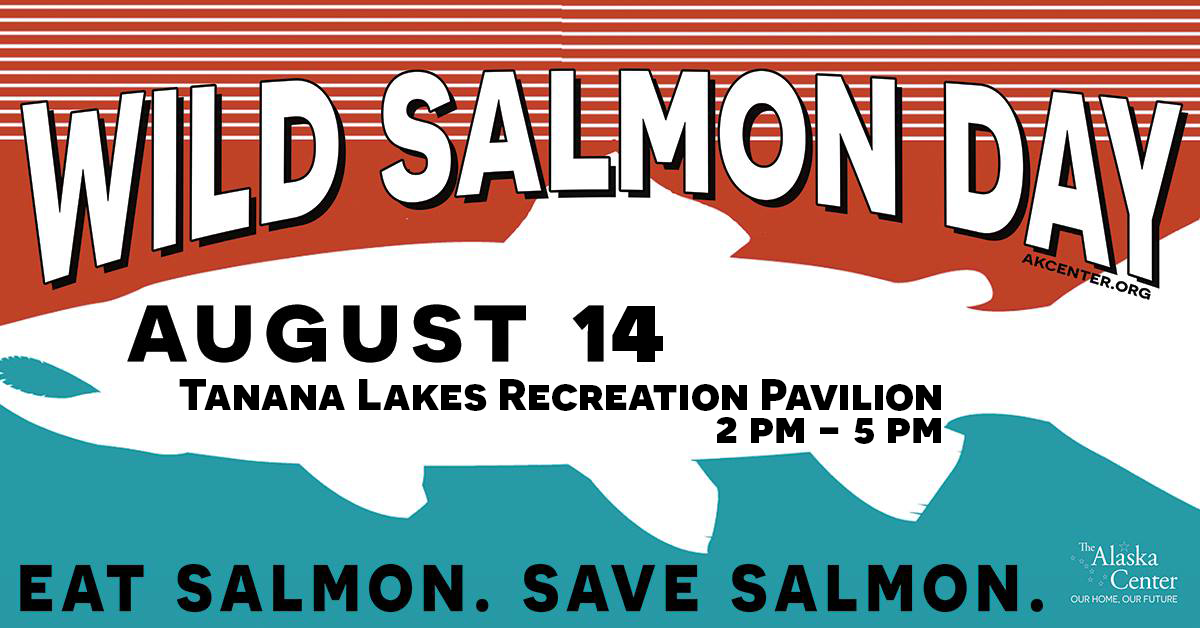When the legislation creating a Wild Salmon Day for Alaska was considered in the Alaska State Legislature, we knew it was an important bill. Even if it is mainly a symbolic gesture of our collective goodwill toward the salmon that swim through the life of our Alaskan society and culture, it was a good bill because it was a simple bill.
At the same time, in hindsight, there is nothing simple about our relationship with salmon. Those who have relied on salmon and protected them for millennia might see the designation of a calendar day in honor of salmon as cheap, considering that it is integral to the existence of their people. There is also nothing terribly simple about the economic impact of wild salmon. Sport and commercial fishers view the same wild salmon run on often sharply divergent terms, and the management of these fish can raise all sorts of claims of political bias.
Wild Salmon Day, if anything, provides us with a point of reflection, and for that, it is crucial. We, who are so blessed to experience, eat, watch, hook, net, paint, write about, and otherwise contemplate these salmon, also are called upon to protect them. When it comes to protection, there is also a level of complexity; the simple answers are there but none are a fix-all.
We had great runs this summer in Bristol Bay, partly due to global warming trends increasing the freshwater food for juvenile salmon. While the salmon were flooding into Bristol Bay, catastrophic low returns have beset the Yukon and Kuskokwim rivers. The trawl sector undoubtedly bears some responsibility for killing off thousands of Y/K bound salmon as bycatch. So too do the Area-M fishers. And beyond that, the causes are giant, terrifying, and vague: ocean warming, river warming, ocean acidification, competition from hatchery fish, ocean regime change? The answers to the questions on how we protect wild salmon should be clear, but they are manyfold.
We know these things: we need to keep voting the right people into office who value salmon and will push for policy to protect their habitat, ensuring that our salmon runs thrive in all parts of our state. We must respect Indigenous stewardship and sustainability practices as we work to protect our wild salmon from future harm. We must come together in community to celebrate and honor the resource.
We must work throughout the year to protect our salmon for future generations. It is that simple.
On August 10 in Anchorage and August 14 in Fairbanks, come together to celebrate Wild Salmon Day and learn about how you can use your voice in a multitude of ways to protect our salmon.
Now through August 16, you have the chance to vote for leadership that will protect our salmon. We have endorsed Mary Peltola in part because of her commitment to protecting our salmon. Learn more about our endorsements and how and where to vote this election.
Today until September 6 you have the opportunity to have your voice heard to ensure EPA protections and to Stop Pebble Mine once and for all.
The solutions to the myriad of salmon issues we face aren’t simple but the end goal is: Protecting our Salmon for generations to come.
The Alaska Center
Share this Post



